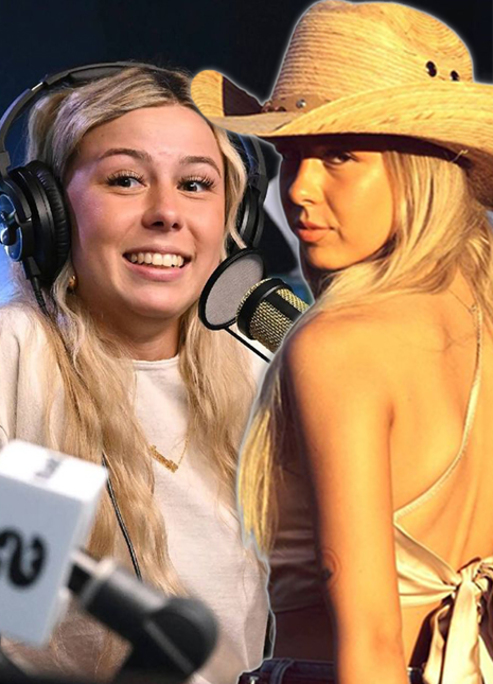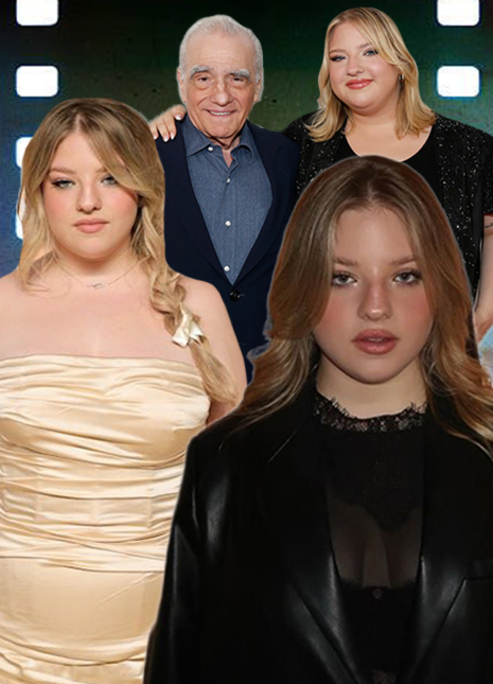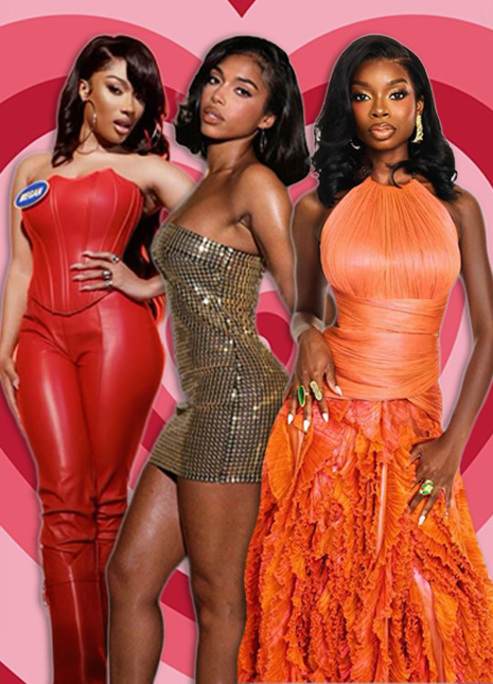
Meet The Model Agency Fighting Body Fascism
A Gucci beauty campaign starring model Ellie Goldstein
We live in a world where the mainstream concept of what is and isn’t beautiful is depicted on a minority, you have to be young, you have to be thin, you should preferably be blonde, and of course, pale-skinned,” lamented Alexander McQueen in his 1998 guest-edited issue of Dazed & Confused. Gracing the cover, model Aimee Mullins stood defiantly in prosthetic legs beside the headline “Fashion-Able?” Exploiting the norms of beauty, the question mark left people to decipher it what they must.
Models with disabilities graced the 14-page fashion editorial. With the intention to deplete “one of the last bastions of body fascism”, the change was minimal. Two decades after McQueen’s ground-breaking recognition, is the fashion industry finally taking notice?
The discriminatory myth “diversity doesn’t sell” is being increasingly challenged. Earlier this summer, Gucci unveiled its latest mascara campaign, starring Ellie Goldstein, an 18-year-old model with Down’s syndrome. The response was jubilant. Challenging the able-bodied ideals of beauty, the Instagram post racked up 850k likes – tenfold the number on Gucci’s average post.
The sight of Goldstein with a raven flick of Gucci Mascara L’Obscur, offset by this season’s turquoise-encrusted 70s-style dress, became more than an advert for enviable lashes. It was the birth of a movement against obsolete aesthetic ideals. Diminishing the arguments against inclusivity with vengeance – it was, in the words of the Italian brand, their “biggest liked post EVER”.
Goldstein is signed with the UK-based Zebedee Management, which represents models with disabilities and visual dissimilarities. “We hope the Gucci campaign is the tipping point for an inclusion revolution across luxury fashion,” says Laura Johnson, director of Zebedee Management. She founded the agency with her sister-in-law, Zoe Proctor, with the aim of creating more opportunities for disabled people.
Research has shown, though, that less than 20% of UK adverts feature minority groups. When it comes to disability representation, the exclusion is even more stark – a fifth of the UK population is recorded as disabled, yet only 0.06% of adverts feature disabled people.
Despite amassing formidable cliental, fashion week is proving to be a difficult booking for Zebedee. Zebedee, as of yet, has failed to obtained bookings for London fashion week, despite the perseverance of contacting casting teams, designers, and brands. “This is very disappointing,” admits Johnson. “Maybe they are worried about practicalities. I really don’t know.”
Every season The Fashion Spot’s Runway Diversity Report tracks inclusivity at fashion week. Whilst it has recorded an overall increase in racial, size, age, and gender diversity in recent years, disability is still invincible. Put simply, there is little to report. It is indicative of the endemic lack of disabled models on the catwalk.
“Twenty-six years ago, there were no disabled models to be seen in mainstream media,” says Louise Dyson. As the founder of an established modeling agency, Dyson was first approached by a wheelchair manufacturer who required a disabled model for its adverts. Despite in 1994, there were no professional disabled models, and it ignited a nationwide competition to find fitting candidates. A panel of fashion editors, photographers, and celebrities, the Sunrise Model in a Million contest saw 16 finalists vie for a modeling contract. Overnight, the models became a topic of conversation – leading people to question the underrepresentation of disability in fashion for the first time.
One impediment facing disability casting is the misconception that models won’t be able to participate in photoshoots. In reality, this isn’t the case. “Booking a disabled model is like booking any model,” says Dyson. “Where required, our highly professional models will take their own assistant and the photographer can get on with their own job without having to worry.”
“Clients only need to make minor changes to ensure that the working environment is suitable,” agrees Johnson. Despite this, casting venues are not always accessible for wheelchair users, and with organizers deferring the need to change, their models inevitably lose work. “In time, the industry will be more inclusive, and there’ll be less need for us, but currently, it’s really hard to encourage brands to book disabled models.”
Are agencies such as Zebedee imposing a risk segregating disabled models? “I feel like disability is the only minority group where you could get away with that kind of segregation,” says Kelly Knox, who is signed to MiLK Model Management. Born without her lower left arm, Knox is one of a handful of disabled or visually different models signed to a mainstream agency – others include Jillian Mercado and Aaron Philip.
Slowly but surely, progress is being made, yet marginalized perspectives are still causing rifts within the fashion industry Disability is the next frontier. As presented in the Gucci campaign, when fashion itself speaks, everybody listens.
NEXT UP, Milk’s New Vegan Moisturizer











